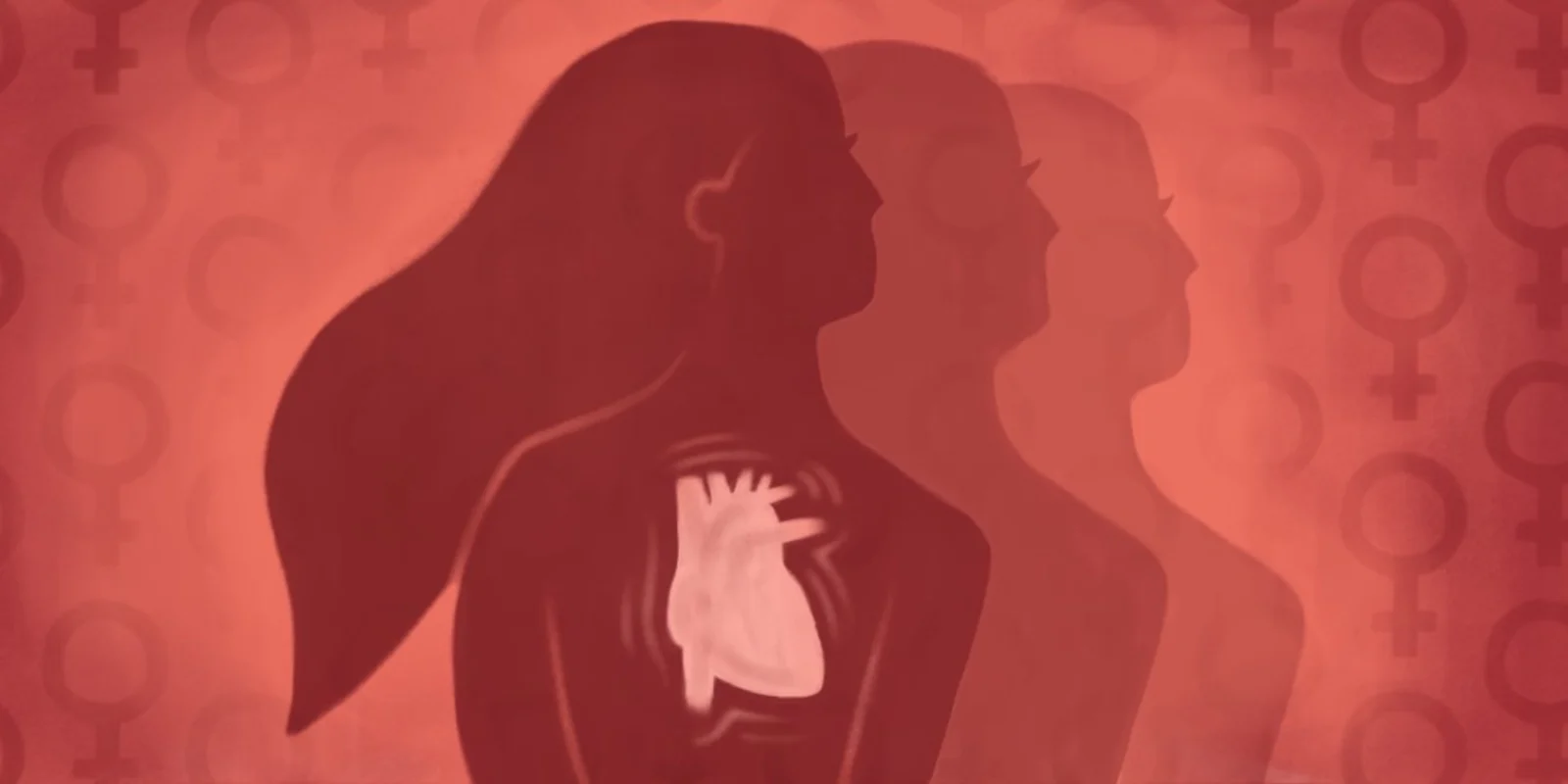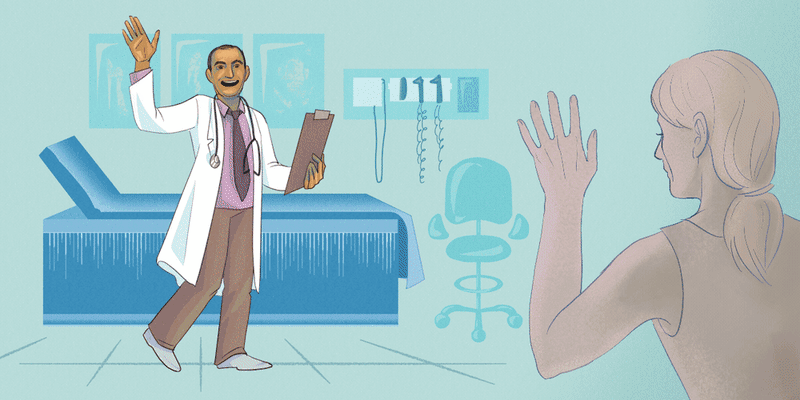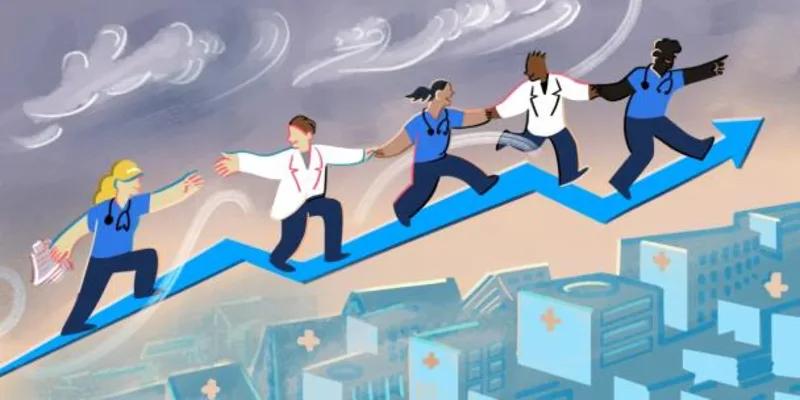
Payal Kohli, MD is a Denver-based cardiologist with advanced training in echocardiography, preventive medicine, and women’s health. She is a graduate of Harvard Medical School, as a member of the Harvard-MIT Health Science and Technology program. She completed her internal medicine residency at Brigham and Women’s Hospital, and her cardiology fellowships at the University of California, San Francisco (UCSF) Department of Medicine. With a strong passion for writing, Kohli spends much of her time crafting blog pieces, articles, research publications, and columns to raise awareness of cardiovascular issues among her colleagues and patients. She also has an interest in advocacy efforts for women in medicine, as a leading member of the American College of Cardiology’s Women in Cardiology Council.
1. What are your main areas of interest or expertise within cardiology?
I’m very interested in women’s heart health, in particular, and the diagnosis, treatment, and gender gap that exists within women’s heart health and cardiology. I also did two advanced fellowships in cardiology — cardiovascular disease prevention and echocardiography. I am very interested in cardiovascular disease prevention at the local community level and international level, in terms of identifying the gaps of care and designing systems to close the gaps.
2. What differentiates women’s heart health from men’s, and why did you choose to pursue it?
The reason that I chose to become interested in this field is because there seems to be a big gap in knowledge in understanding that cardiovascular disease is the number one killer of women. Lots of attention is given in the national media to breast cancer and ovarian cancer, and screening for those types of conditions. But, the burden of cardiovascular disease for women is much greater, so I think that’s what got me initially interested in the field — realizing how under-recognized it is as an entity, and therefore, how much of a difference you can make in the field.
Delving into the field, we’ve realized that, number one, women with heart disease present differently. Heart disease in women is a whole different condition than it is in men. And, not only do they present differently, but when they do get diagnosed, often under-diagnosed, there is usually a delay in treatment. So, then the mortality with heart disease in women is bigger than it is for men. They don’t know they have the disease, they present differently, they get under-diagnosed, the treatment is delayed and different, and thus, they have worse outcomes than men.
I also have a lot of interest in the more hairy? part of women’s heart disease — issues around pregnancy, as well as issues around menopause, and the hormonal changes that can lead to different types of heart disease in women. […] I’m very interested in not just risk prediction, diagnosis, and prevention counseling, but also in thinking about next steps, in terms of how treatments can be used to bridge gender gaps that exist in cardiology.
3. Can you speak about the importance of preventive medicine in your field?
An ounce of prevention is worth a pound of cure. One of the biggest things that we’ve realized, nationally, is that the burden of cardiovascular disease has actually gone down, compared to many years ago. And, a big component of that is cardiovascular disease prevention. We’re sort of hitting a wall in terms of treating cardiovascular disease, and the incremental benefits that we’re getting from additional new treatments and therapies. But, where we’re really seeing a difference in terms of minimizing morbidity and mortality for heart disease is in prevention.
I think there are two big areas of prevention. The first is for coronary artery disease, which is a typical heart disease that can lead to heart attacks and blockages in the blood vessels around the heart. And, that can be prevented with things that we’ve already made great strides in — blood pressure control, exercise, quitting smoking, diet management, cholesterol control, blood sugar control; and it appears, at least in the new generation, people are a lot more health conscious now, but I still think that we can continue to promote that more.
The second part is more around unknown cardiovascular conditions that sometimes get less attention. In particular, I’m thinking of atrial fibrillation, which is a condition that happens with the aging population, and can increase the risk of having a stroke. And the burden of that is actually growing significantly. A lot of the disease burden is coming from preventable or modifiable risk factors. The nice thing is that atrial fibrillation and cardiovascular disease have a lot of overlap, so the risk factors are similar; and they also tend to affect the same kind of patients. So, that helps with targeting particular populations. But, a lot still needs to be done, starting with education, which I think is the most important component — education of the lay people, and empowering them to take control of their risk factors and modify them. That’s the first part.
The second part, I think, is provider accountability — holding physicians accountable for prevention counseling and leading people to make changes to their health outcomes. In the current clinical practice, exercise, nutrition, and lifestyle counseling get sort of overlooked in exchange for medications. But, I think food and lifestyle are the best medications that we have. And if those don’t work, or you need supplementals, then you reach for other types of medications. Unfortunately, in the current practice, that’s not particularly emphasized. Physicians and providers are not particularly incentivized to make time in their busy schedules for those types of encounters.
4. As a past student in the Health Sciences and Technology program at Harvard Medical School, how do you manage to integrate the newest forms of technology into your medical practice?
Having been in the Harvard program and at UCSF, with the huge influence of the Silicon valley, I really feel that technology is an important part of any kind of medical practice. I’m one of those people that highly encourages patients and other providers to use as much technology as possible. And, I think cardiology is one of those fields in which technology translates into direct outcome benefit and offers diagnostic information more so than in any other field.
I’ve worked in the past with healthcare startups that are developing either provider-oriented or patient-oriented apps, or medical technologies, to try to incorporate the physician’s perspective into the development process. I helped the companies lay out the current problems in medical care and help them understand how technology can bridge that gap.
As a cardiologist, also, we are exposed to a fair amount of patient-centered technology, such as fitness apps, nutrition apps, and heart rate tracking devices that patients use to monitor their own healthcare. As cardiologists, we also use technology ourselves quite a bit, to do things like monitor heart rhythms and figure out what’s causing patient symptoms and how they’re responding to treatment.
Technology is a big part of my medical practice, from the logistical perspective — optimizing patient workflow, clinical workflow; but also from the clinical perspective, in terms of diagnosing disease, tracking disease, and monitoring patient progress.There’s also the option for things like telemedicine and video visits as a way to facilitate patient care for patients that live, for example, in the mountains. We do sometimes use that type of technology as well.
5. Cardiology is one of the most male-dominated fields. Can you talk about your experience being a woman in cardiology? What are some of the biggest obstacles you face?
The gender gap in cardiology is something that continues to, unfortunately, persist. If you look nationwide, the most recent statistic is 13–15% of cardiologists are women. So, still, a very very small percentage of cardiologists are women.
And, for the same number of years of training and experience, there still continues to be a huge difference in the salaries given to female cardiologists, as opposed to male cardiologists. I think that, at a national level, that’s really something that we need to address, particularly in an environment where we are now seeing that more graduates from medical school are female, rather than male. […] I think it’s a real problem, and I don’t think we’ve solved it yet. There is a lot of advocacy around the country to focus on the problem, which i think is really positive, and I am hopeful that it’ll result in positive change. But, at this point, with the current state of things, I think that we still have a lot of work to be done.
6. Are you, personally, involved in any of these advocacy efforts?
Last year, for the American College of Cardiology, I was the chair of the Women in Cardiology panel. We invited a number of speakers from around the world to present their research finding and personal anecdotal experiences at an [international conference]. And, most of the presenters were women in leadership positions who talked about how they have personally navigated the world of cardiology to succeed in the way that they have. So, that was a big thing.
I’m also a part of the Women in Cardiology Council, in general. But, this was the main advocacy effort that I led — bringing together women from around the world to focus on this issue and raise awareness of the problems that we have. It was also a way to offer guidance and mentorship to young women in cardiology who are just at the beginning of their career.
7. How do you balance your work and home life as a woman in cardiology?
It’s difficult. It’s very difficult. Increasingly, as a woman in cardiology the expectation is that you can have it all. And, by having this expectation, it’s almost a disservice to women in cardiology; it makes them feel as if they’ve failed if they’re not able to have it all.
Cardiologists are very patient-oriented — we spend a lot of time with out patients. It’s really a 24/7 job; you can’t clock in and clock out. It does take a toll on your personal life, family life, your health, and your relationships outside of work. But, I think it’s really important, in order to maintain your physical, emotional, and spiritual well being, that you remember that it’s these relationships that re-energize you, recharge you, and help you to become a better cardiologist.
So, instead of viewing these things in conflict with each other, you actually have to think of one as helping the other. By being a good cardiologist, you’re doing a service to your community — the community that your family and friends live in. And, by having the support of your family and friends, you’re actually going to be a better cardiologist. So, I think that’s what I’m trying to keep in mind — that philosophical guiding principle that there are only a finite number of hours in the day; but, instead of viewing the time that I spend at work as an opportunity cost for my family and friends, and vice versa, I sort of think of the two as working together in concert.
Having said that, I am a single woman right now and don’t have any children. I think that allows me to spend more time with my patients, and immerse my time in my work in my career. I do think it’s much more challenging for those women who are also mothers. It’s a difficult balance, and I don’t think the system has adapted yet in making things easier. But, I do think that other factors have changed, such as having more self-support and family support to help women walk the tightrope that exists between work and family.
8. How did you get involved in writing, and what purpose does it serve in your life?
Writing is a huge passion of mine. I think the pen is mightier than the sword, and you can really make a huge difference with the written word. There are a few different forms of writing that I personally have pursued. One is to raise awareness amongst my colleagues with a blog-style writing that I’ve participated in with the American College of Cardiology. I started that as a fellow. I used to write monthly columns talking about the training process for physicians, just to create discussion on those topics, and empower the newer generation of physicians to be more vocal, speak up, and get involved in advocacy.
Another type of writing that I also did a lot in fellowship and am currently focusing my writing efforts on is educating primary care doctors through continuing medical education on the latest developments in cardiology, particularly with respect to atrial fibrillation. I write two monthly columns about that, and an additional one about additional topics in cardiology. I think it’s important to educate those physicians so that they’re channeling the patients in the correct form and correct way.
The third type of writing that I’ve pursued is reviewed scientific publications in the top rated medical journals, focusing on prevention, risk prediction, risk stratification, and treatment gaps as a way to educate my cardiology colleagues about the newest findings and research.
9. With so many years of training in your past and the current rigor of your specialty, what keeps you motivated?
I would say what keeps me motivated and gets me out of bed every morning is the professional satisfaction of knowing that you’re making a difference in somebody’s life, whether it’s someone’s mother, sister, wife, or dad — you’re’ directly helping people in a way that only you can do as a physician. You can be there for people in important moments, when they’re feeling weak or vulnerable — you’re actually able to help them through such difficult times. And, I think the satisfaction that comes from doing that is very motivating. Sometimes it’s delayed satisfaction, after months and months of care, and sometimes it’s immediate, but at the end of the day, it feels really good to know that you’re able to impact someone’s quality of life, as well as quantity of life in such a positive way. So that’s what gets me out of bed each morning and keeps me motivated through the long days and hours.
10. How do you spend your free time? What is your stress reliever?
In terms of what I do on my own time, it’s so great being back in Colorado — it’s one of the most beautiful places I’ve ever lived; it’s very nice to have the mountains so close by. I love to be outdoors and close to nature, because I think it really helps ground you and remind you how much beauty there is out there. It helps keep yourself in perspective with the rest of the world, because it’s very easy to get caught up in your day-to-day hassles, and tensions. Being one with nature kind of reminds you just how big the world really is. It’s a great place to live, and I’m really happy to be back here.






